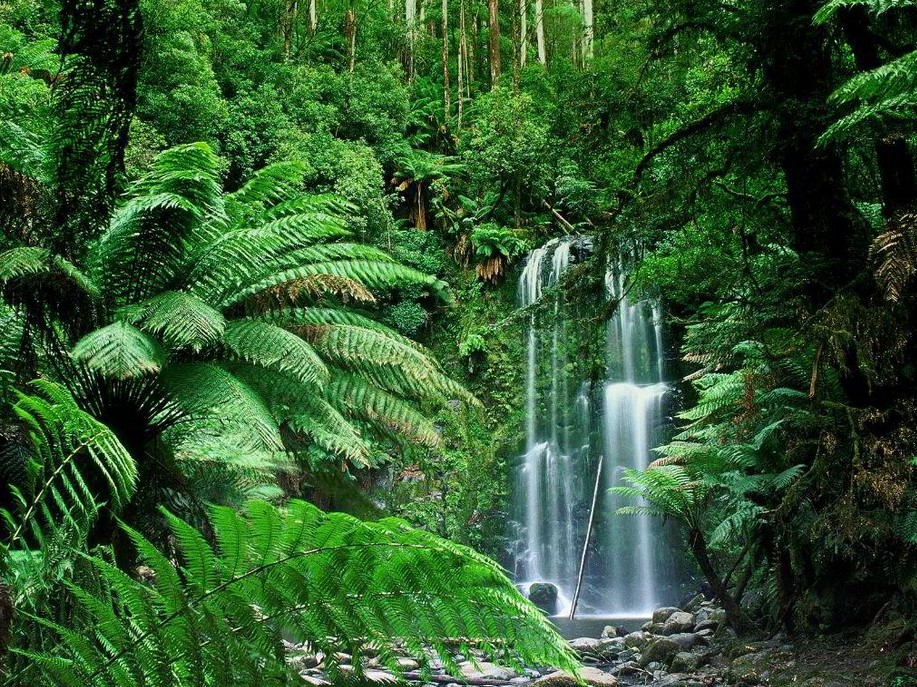Ozone Pollution Reduces Forest Productivity, Slowing Climate Progress.
Studies of air pollution’s effects on forests have largely focused on temperate and boreal forest species, but little is known about the effects on the kinds of trees found in the tropics. And yet unlike forests in the higher latitudes, trees in the tropical environment work year-round to carry out photosynthesis and remove carbon dioxide from the atmosphere. Indeed when it comes to global carbon uptake, tropical trees do the heavy lifting, accounting for 60% of the world’s photosynthesis. Their good deed for the planet’s warming climate is getting tougher as ozone pollution is becoming more of a problem at tropical latitudes.

A new study in Nature Geosciences fills in some of the blanks in our understanding of how ozone pollution affects tropical species, and shows how the consequences will spill over increasingly into the climate change arena.
Scientists from around the globe teamed up to carry out the new research. They first tested ten different species of tropical trees for ozone sensitivity, using open-top chambers (and the 2B Tech Model 205 Dual Beam Ozone Monitor!) to study how ozone exposure affected the trees’ uptake of CO2. They found a wide range in sensitivity, and created “high/moderate/low sensitivity” scenarios to test in models of global net primary productivity (i.e., photosynthetic uptake of carbon). As shown in the above Figure 2c of the study (below), even the scenario that assumes moderate sensitivity to ozone leads to ~5 to 10% loss in productivity (pronounced in Asia, less so in Africa). The authors calculate that as a result, the uptake of carbon by tropical forests has been reduced by an astonishing ~17% in the twenty-first century.

Figure: Current impact of ozone (2005-2014) on Net Primary Productivity of tropical forests, modeled assuming a scenario of species having a “moderate” sensitivity to ozone. Figure 2C from Cheesman et al., Nature Geoscience.
An interesting sidebar to the study is that since 1990, the region with most of the pollution precursor emissions has shifted away from the temperate Northern Hemisphere and is now in the tropical and subtropical regions. This means tropical forests will feel more and more stress from ozone pollution in the coming years. The authors also found that reforested areas are experiencing greater impacts than undisturbed, established forests. Both of these factors imply that efforts to mitigate climate impacts have even more of an uphill battle ahead.
Reduced Productivity and Carbon Drawdown of Tropical Forests from Ground-Level Ozone Exposure, A.W. Cheesman, F. Brown, P. Artaxo, M.N. Farha, G.A. Folberth, F.J. Hayes, V.H.A. Heinrich, T.C. Hill, L.M. Mercado, R.J. Oliver, M. O’Sullivan, J. Uddling, L.A. Cernusak, and S. Sitch, Nature Geoscience, 17, 1003-1007 (October 2024).
